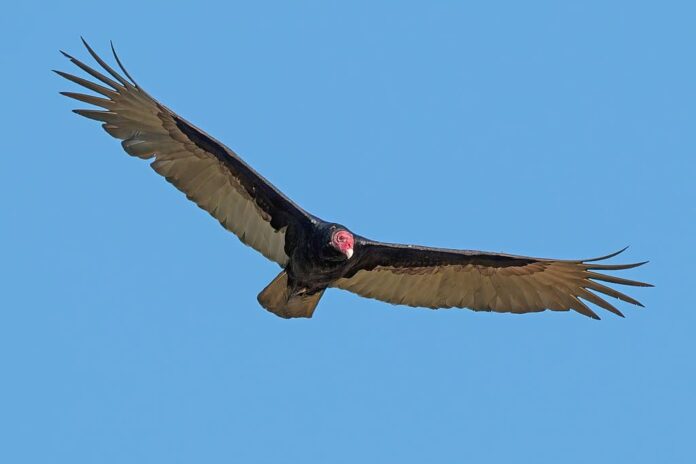While dogs are the experts in sniffing out things, there are several animals with a strong sense of smell out there. Some of their noses are so keen they can detect a scent from miles away. A sense of smell is determined by the number of olfactory receptor (OR) genes. The more the number means the stronger the sense is, and humans have 350 olfactory receptor genes. From small to big, their sense of smell is unique in their own ways. Let’s find out and see what those animals are with us below.
1African Bush Elephant
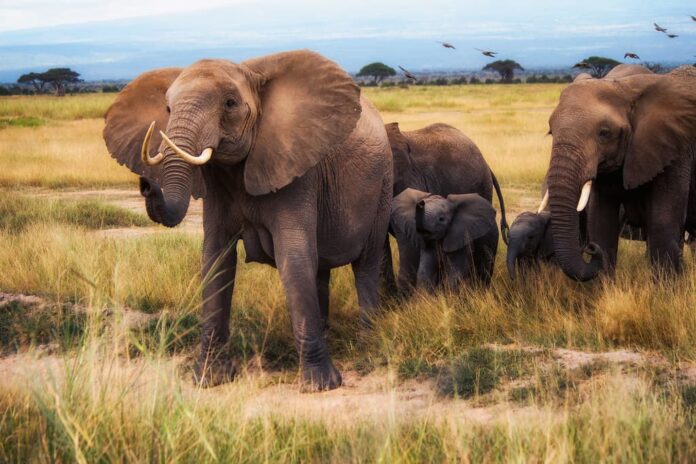
Vision is not the strongest quality of elephants, but that is not necessary because their trunks make up for everything. Their trunks function not only for breathing but also for smelling and water drinking. Elephants, especially African bush elephants, have a keen sense of smell thanks to the sensitive nostrils at the tip of their trunks. By moving the trunks back and forth, the elephants can detect water sources up to 19.2 kilometers (12 miles) away.
The special thing about African bush elephants is that their genome contains the largest number of olfactory receptor genes. These olfactory receptors are the tools that help them to detect odors in the environment. With up to almost 2,000 genes, an elephant’s sniff is 5 times more powerful than a person’s nose and twice that of a dog. Apart from locating water sources, their sense of smell also helps them to find mates and food and avoid predators.
2African Giant Pouch Rat
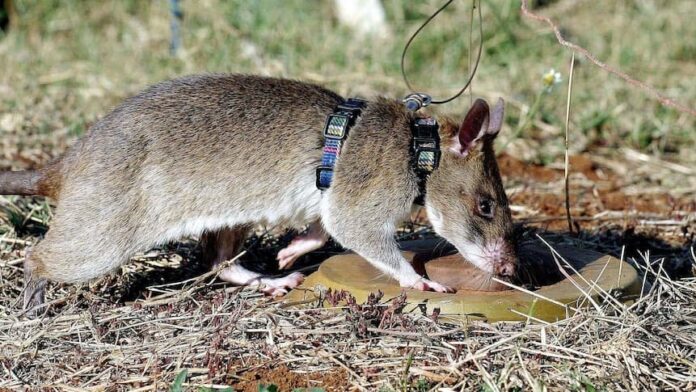
While most people are not fond of rats because many considered them pests, African giant pouch rats prove otherwise. Rats have always been known for their sense of smell, and this species has up to 1145 functional olfactory genes. This allows them to be able to not only look for food but also diseases and mines. In less than a year of training, an African giant pouch rat can detect tuberculosis and find hidden explosives. Their sense of smell is so strong that they never make a mistake.
Not to mention that they work fast, a rat can clear a land size of a tennis court within 20 minutes. Thanks to the help of these large rodents, over 106,000 landmines have been cleared in many different countries. At the same time, they also identified more than 12,000 TB-positive patients in Tanzania and Mozambique as well. The incredible thing about the African giant pouch rats is that they are very hardworking and obedient. These rats are easy to train, and they help make some parts of our world a better place.
3Albatross
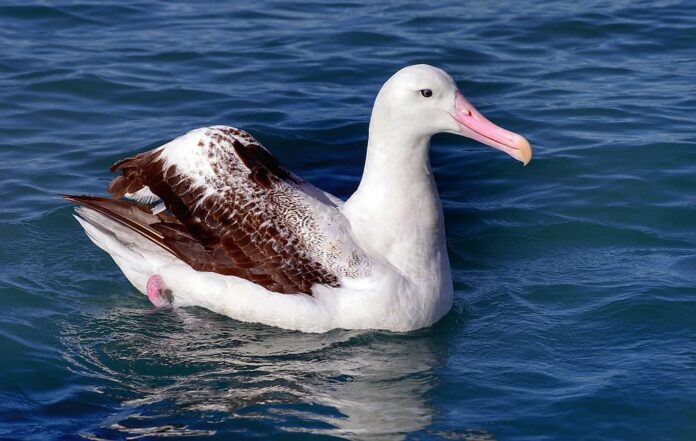
A seabird that can smell food from the sky is definitely one of the animals with a great sense of smell. An albatross can pick up a scent from up to 20 kilometers away on the open ocean. Using their sense of smell, an albatross can find floating carrion, especially squid, which is one of their favorite meals. According to the research, albatrosses also combine both their olfactory and visual cues while foraging at sea. These two senses help to track the fish, spot it, and catch it right away. The thing is that these seabirds rely more on their sense of smell, hence their peculiar upward or zig-zag flying patterns.
4Bear
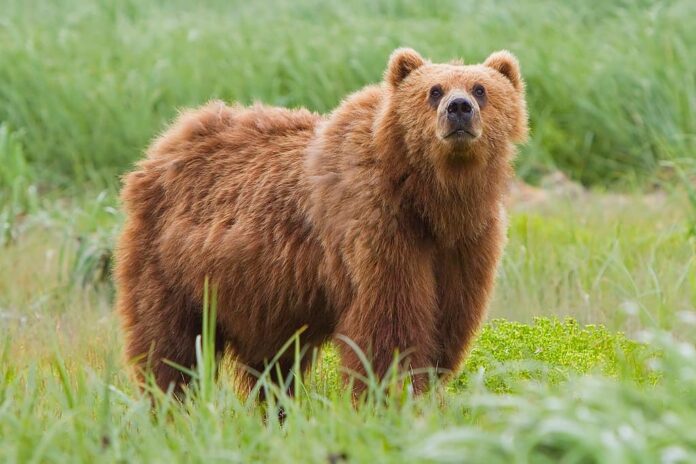
All bears have an incredibly keen sense of smell, and this ability helps them so much in their everyday life. Bears can avoid danger, find food and mates, and keep track of their cubs by using their sense of smell. A bear’s sense of smell is so accurate it can detect animal carcasses upwind from up to 20 miles away. This is why bears often invade campers’ tents to look for food although the campsite is far from their habitats.
Bears have an olfactory bulb in their brain that is at least 5 times larger than a human’s. The olfactory bulb locates in the most forward part of the vertebrate’s brain while it is on the bottom side of the human brain. This unique system helps the bears to distinguish between odors and filter background odors for more sensitive odor detection. Plus with their highly developed noses with tiny muscles, there is nothing that they cannot detect.
5Cat
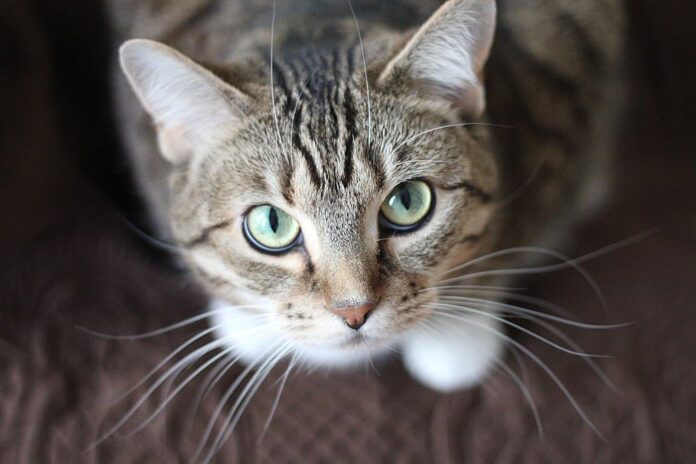
No matter what you give them, a cat always sniffs first before deciding whether to accept or reject it. Cats use their sense of smell to identify not only objects but also people around them and of course, other cats. This is another reason why your cats will know if you cheat on them by petting other cats. Sense of smell is very important to these felines, and they heavily rely on it for communicating and gathering information.
Cats have sensitive noses, and strong odors from food, fruits, and other items really bother them sometimes. There are a few behaviors that a cat owner might notice such as nose licking and sniffing between one another. Cats lick their nose to remove residues that interfere with their smelling, and they sniff each other as part of a greeting. Just like humans’ fingers, cats have nose prints which mean no two cats have the same nose prints.
6Dog
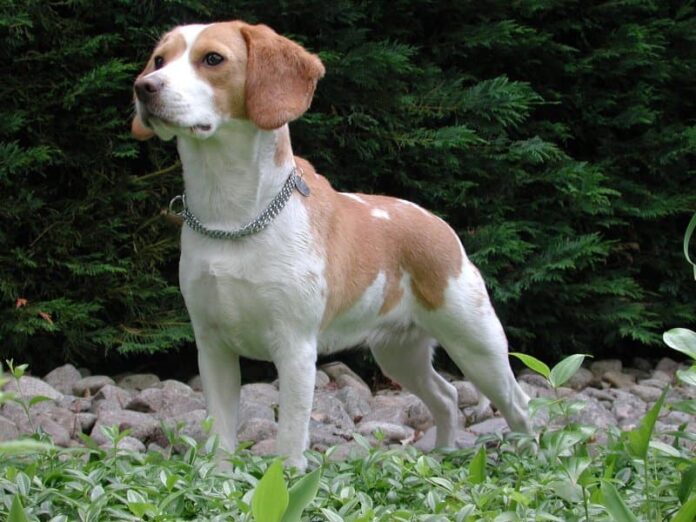
We all know that dogs have a very strong sense of smell, but how keen is it? All dogs share one thing in common, an incredible sense of smell that is helpful in so many ways. According to some research, dogs with longer snouts also have a better sense of smell than those with short noses. This acute sense allows some breeds to help sniff out drugs and other things in the police force and other fields.
There are different dog breeds for different purposes such as cancer and disease detection, explosive, hunting, medications, and more. On top of that, dogs can also detect anxiety, fear, and even sadness in humans. Have you ever wondered why your dogs sometimes come nearby when you are upset? Their sense of smell tells them that you are okay, so they come to comfort you with their presence.
7Eastern American Mole
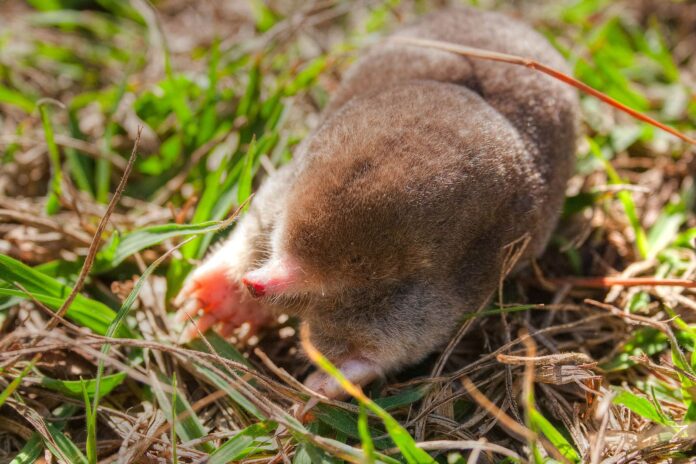
Similar to elephants, common moles have very poor eyesight. Because they are nearly blind, their special nose helps them to live without the need to see. Moles have a very unique nose, and each nostril operates independently to send different signals to the brain. This simply tells them the direction of the odor so that the moles can move to the left or right. Eastern American moles use this ability to locate food, and it works effectively every time.
8Horse
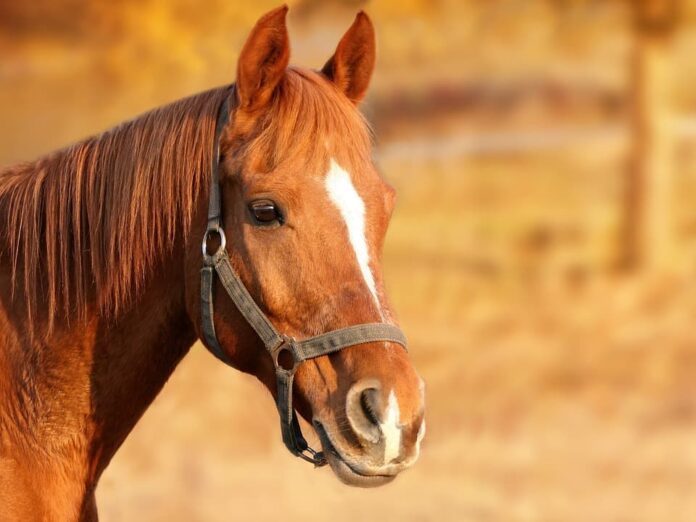
With up to 1,066 OR genes, horses’ sense of smell is one of a kind. A horse can detect different smells, and their large flexible nostrils play a big part in helping them out. Those nostrils will flare to pull in as much air as possible when there is a potential scent array. With just a simple sniff, a horse can contact the odor molecules and receptor cells for accurate analysis. This allows them to alert their peers when there are approaching predators, find mates, find water, and identify their offspring.
More than that, horses have twin olfactory bulbs in district areas of their brains that help them to discriminate scents. The cool part is that they can tell if there is medicine in their food which is very interesting. According to a sturdy, horses can also read a human’s facial expressions and remember a person’s mood. This leads to their positive response towards people who smile at them and less positive towards those who frown at them.
9Kiwi
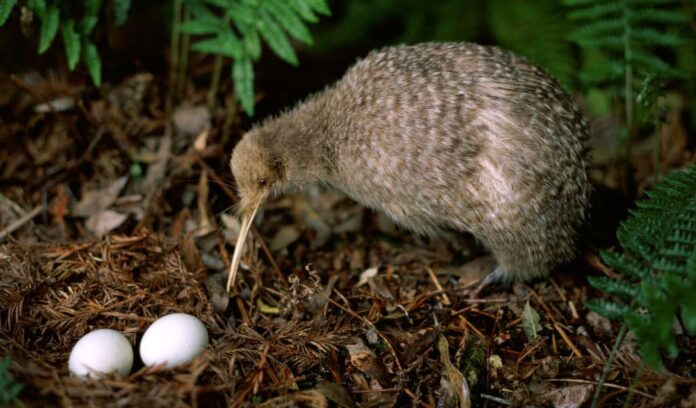
Flightless and small, kiwis are also one of the animals with strong sense of smell to make up for their poor eyesight. Despite the tiny body, kiwis have the second largest olfactory bulbs among all birds after the condors. With their highly developed olfactory senses, they are the only birds with nostrils at the tip of their long beaks. There are sensory pits at the beaks that help them to sense prey beneath the soil and under the leaves. At the same time, those sensory pits also help them to sense vibration as the prey is moving underground.
10Shark
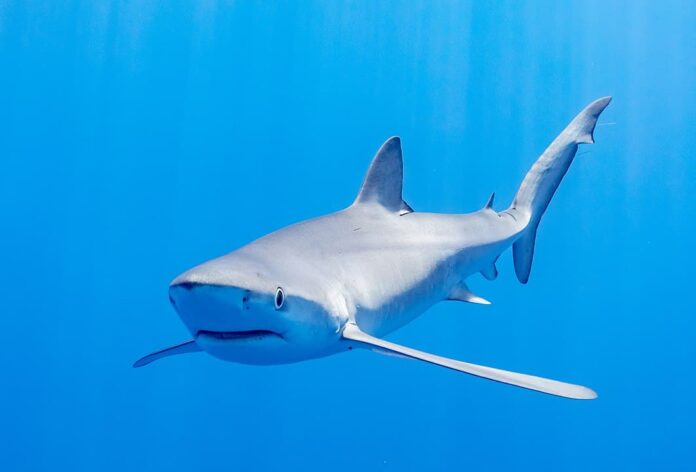
Scents travel a long way on ocean currents, and sharks’ strong sense of smell makes food detection even easier for them. Sharks have a complex electro-sensory stem that can detect even the faintest of electrical fields. The thing is that sharks are super sensitive to smells, and this is very important to their survival. Sharks can smell mate, predators, and prey, and they can detect the blood of prey from a far distance. Sometimes the light resource is limited in the deep sea, so their sense of smell helps them to find food in the dark. Another thing is that not all sharks have the same smelling ability, and some sharks are better than others.
11Turkey Vulture
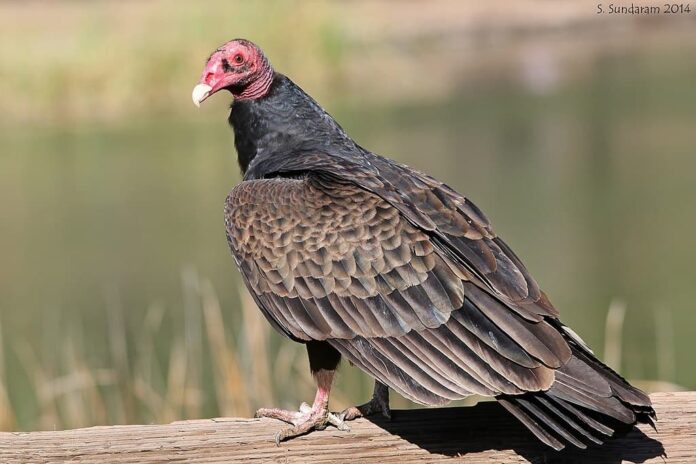
As scavengers, it is not a surprise that turkey vultures have an extraordinary sense of smell. In fact, they have the largest olfactory system of all birds, so they can smell carrion from over a mile away. Among 23 vulture species in the world, turkey vultures have the best sense of smell than them all. Because these vultures are the only scavenger birds that can’t kill prey, they definitely need this sense of smell.
Their sense is so accurate that can navigate and fly to their meal by just using the smell alone. Despite being scavengers, these vultures prefer meat that is as fresh as possible and they won’t eat extremely rotted carcasses. Their special sense of smell allows them to detect carrion that is only 12 to 24 hours old. That means their sense won’t fail them and they will only find the food that they prefer to eat.
Related Post: Smelliest Animals In The World

